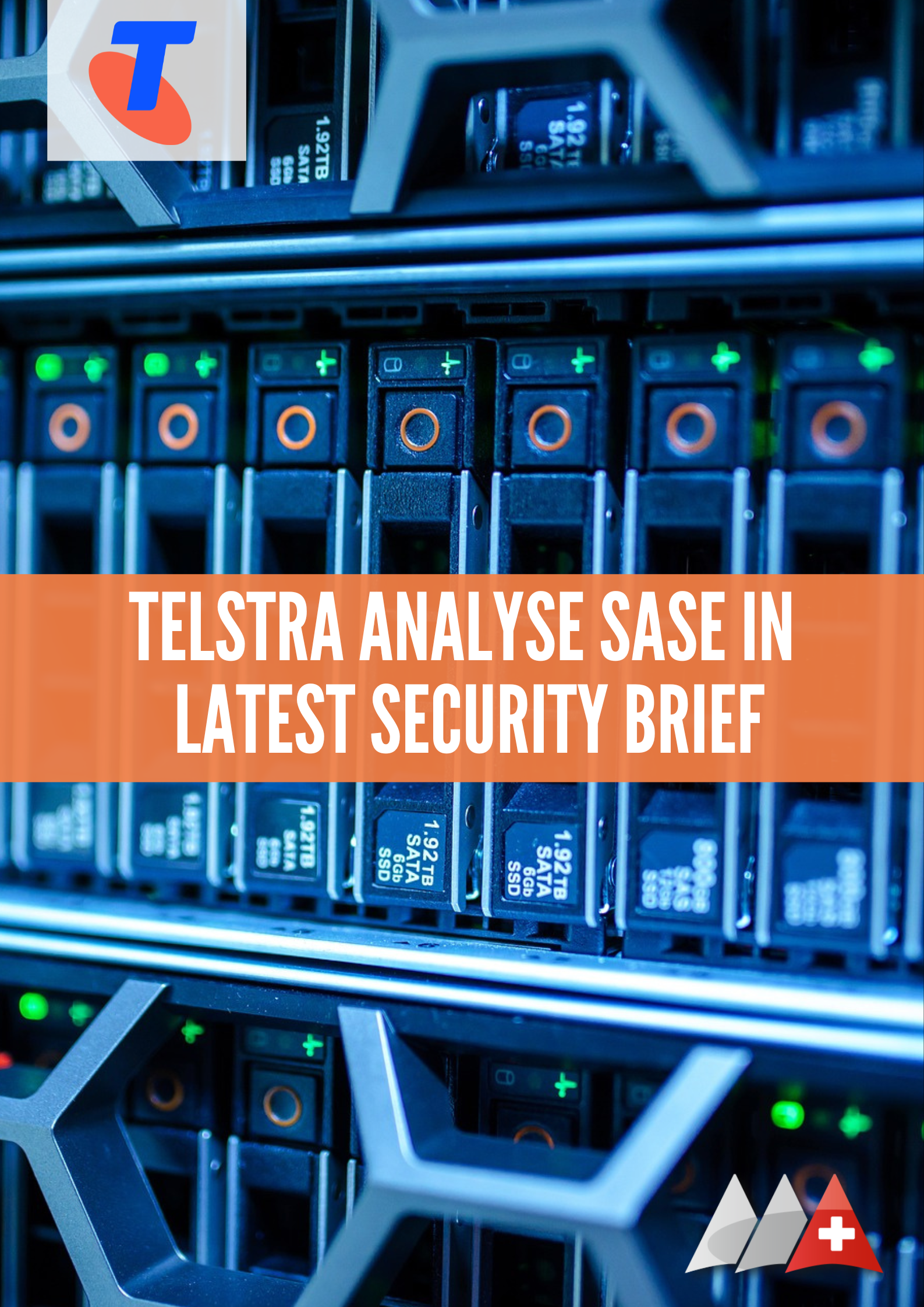Why SASE Is Becoming Essential for Modern Enterprise Security
As digital transformation accelerates and flexible work grows, securing enterprise networks faces increasing challenges. Traditional perimeter-based security no longer fits today’s hybrid work environments, multicloud adoption, and expanded attack surfaces. IDC’s recent research highlights that 58% of enterprises globally now prefer a Secure Access Service Edge (SASE) framework integrating network and security capabilities.
SASE combines Network as a Service (NaaS) and Security as a Service (SECaaS) into a unified, cloud-native architecture. It moves beyond traffic-centric security to identity-centric protection, applying zero trust principles across users, devices, and locations. Key components include SD-WAN, WAN optimization, Zero Trust Network Access (ZTNA), firewall-as-a-service (FWaaS), and advanced threat prevention.
Remote and hybrid workforces intensify the need for secure, reliable, and consistent user experiences. Security across endpoints, IT support, and connectivity are top challenges identified by enterprises. SASE addresses these with consolidated policy management, AI-assisted security operations, and digital experience monitoring to reduce false alerts and speed up incident resolution.
IDC’s survey shows a strong preference for single-vendor SASE solutions, with 73% of organizations wanting SD-WAN and security services from the same provider. This simplifies management, reduces operational complexity, and enhances security posture. Smaller organizations especially value this integrated approach, while larger enterprises may adopt multivendor strategies to meet complex needs.
Successful SASE deployment requires careful planning through assessment, phased implementation, and ongoing management. Enterprises benefit from managed service providers who bring automation, industry expertise, flexible commercial models, and real-time performance monitoring.
By converging networking and security, SASE offers broader visibility, faster threat detection, and better regulatory compliance. With cyber threats rising—ransomware affected nearly 60% of Asia/Pacific firms in 2023—SASE’s comprehensive protection becomes a strategic imperative for resilient, future-ready enterprises.
Read the full report by Telstra here

